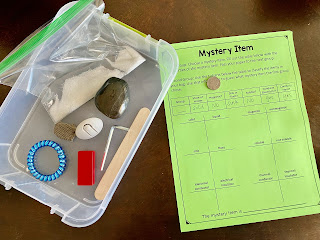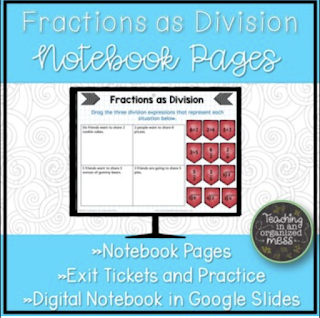My favorite thing about teaching is hearing students talk about math. It is what brings me joy as a math teacher. But believe it or not, math is not a student's favorite thing to talk about.
Why should students talk in math class?
- Students want to talk! I want to give them as many opportunities to talk as possible-and keep it on topic as much as possible.
- When a student says something out loud, it helps solidify it in their brain.
- When students hear their classmate say something out loud, they remember it better.
- Speaking about math helps students clarify what they are thinking until they understand it.
- Students will be more engaged when they have opportunities to talk to each other.
Unfortunately, most students don't come to math class knowing how to talk about math and need scaffolding to get where we want them to be.
One of the activities I have used to scaffold conversations about math is a True/False response. Each student gets a red and green card. They could also have different colored post its. Two colors are better so you can easily see the responses from the class.
Before starting the activity, explain to students they are going to read the statements and determine if they are true or false. BUT, they cannot tell the class. Instead, they will turn to their neighbor or group and share their response. If students disagree, they will explain to each other why their answer is correct. If they change their mind, great. If they don't change their mind, great too. They don't have to be successful at convincing each other, the most important thing is talking.
You put up a prompt--this can be done with any topic. I have an example below.
Students talk with their neighbor group. When you are ready--give 1-2 minutes-tell everyone to hold up their red card for false and their green card for true. (Or whatever colors you have chosen)
These are low-stakes conversations. Students don't have to talk long--but any talking about math is a good start. The more confident they feel in their skills, the more they will talk.
Click here to access a free True/False activity about integer operation models.
Interested in other math activities?
This has warmups for several 6th grade math topics that encourage students to talk about math. It can be used for STAAR review but also works throughout the year.






















